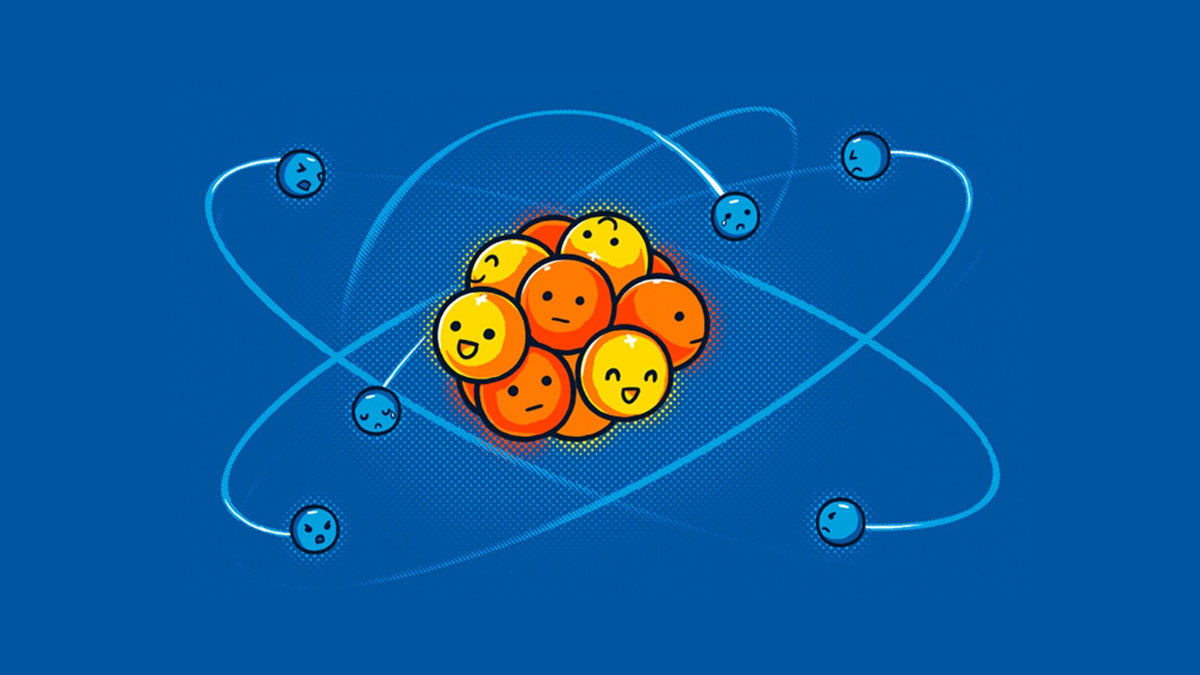how do you edit the periodic table?

Getting to name an element on the periodic table, or having an element named after you is a huge honor for a scientist. It’s one of those very human ways that scientists pay their respect to each other and tip their hats to the pioneers, role models and mentors. But as a recent Popular Science article shows, actually naming the elements today is a very tricky business. Since only one lab issued the official element names between 1940 and 1956, editing the periodic table used to be a simple affair. Then, after a simultaneous discovery and a big clash over who gets to name the 102nd element, labs across the world named about eight elements with no regard for other discoverers. Finally, in 1997, chemists reached a consensus and the periodic table was once again standardized. Two years later, they developed a committee to keep it that way in the future, the IUPAC.
Now, there’s the 112th element to name and it’s discoverers are considering a something from the classical world. However, this element is a rather confusing one. It doesn’t occur in nature. The research team needed to fire zinc and lead into each other at relativistic speeds. Neither is this element durable by any stretch of the imagination. It’s half-life is just 240 microseconds. Only four atoms have actually been observed and it took a decade to come up with enough data to assure the International Union of Pure and Applied Chemistry that the element actually does form under the extraordinary stresses created in particle accelerators. And considering this, a question jumps to mind. What do chemists learn by making rapidly decaying, synthetic atoms?
Well, according to Sigurd Hofmann who lead the group which discovered Element 112 (known for now by the IUPAC provisional name ununbium), the goal was to find the very end of the periodic table. We know that the hydrogen atom is the lightest possible element in the universe. Just one electron orbiting around one proton. Take one of the components away and you no longer have an atom, just rogue particles. But on the other end of the spectrum, how heavy an atom could be is an open question. What’s the maximum amount of electrons, protons and neutrons an element can have and still exist for even an instant? Ununbium is one step towards finding a possible answer and that’s why the IUPAC is giving it a spot on the periodic table.





